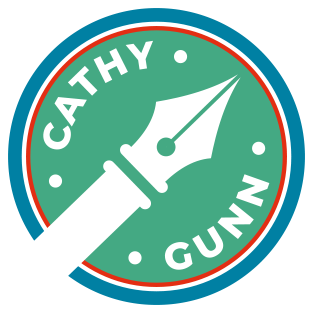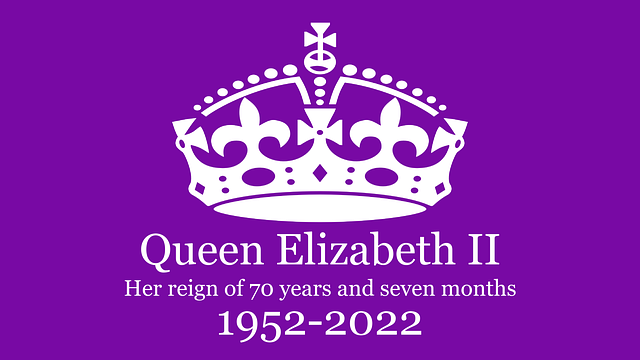Wheels of history
Reeling with the news that The Queen has passed away; and we now have a King for the first time in 70 years. I was at the Braemar Gathering for the highland games there with friends, this September, only a few days before The Queen passed away at nearby Balmoral. Her unusual absence from the games felt like an intimation then but further off, not so soon.
The new King, still Prince of Wales then, and his consort, and Princess Anne, did attend the Gathering. We watched their cavalcade of cars circle the field, and saw them, in the distance from where we stood, enter the Royal Pavilion, before turning our attention back to the tossing of the caber, and tugs of war, going on. Then, it was just a fun day out; now it feels very poignant.
Back down south, after my brief foray to Moray to see family and friends before heading across to Braemar, I went with friends to sign a book of condolence in a local church and saw schoolchildren taking it in turns to toll the bell for the late Queen on the day after her passing.
In the past, to me September always seemed to herald the start of something: a feeling probably engrained early on by the new school and university years that always begin with the British autumn, and reinforced by prepping later for my offsprings’ rounds of the same. This year it has brought loss, rain, and rainbows as well as ushering in a new period of British history.
Separately, although still talking of heralds, and Scotland, as September dawned I’d been leafing through the newest issue of reinvigorated clan magazine, The Gunn Herald; not just because this one generously contains an interview with me (thank you to editor Adrian Robinson) but also some fascinating articles about some of Scotland’s archaeology: the Clava cairns near Culloden Moor and, further north, the Caithness Broch Project. Archaeology is one of my armchair pleasures; and visiting fascinating sites that others have painstakingly uncovered or researched, always delivers a frisson.
A few years ago a cousin, Bruce Curtis – a Master Drystane Dyker – took us to see the Iron Age, Dun Telve and Dun Troddan brochs in Glenn Beag, near Glenelg. We had them to ourselves – two amazing drystone structures built to last and still standing (despite some robbing of their stones in recent centuries) after at least two millennia, and many autumns.

